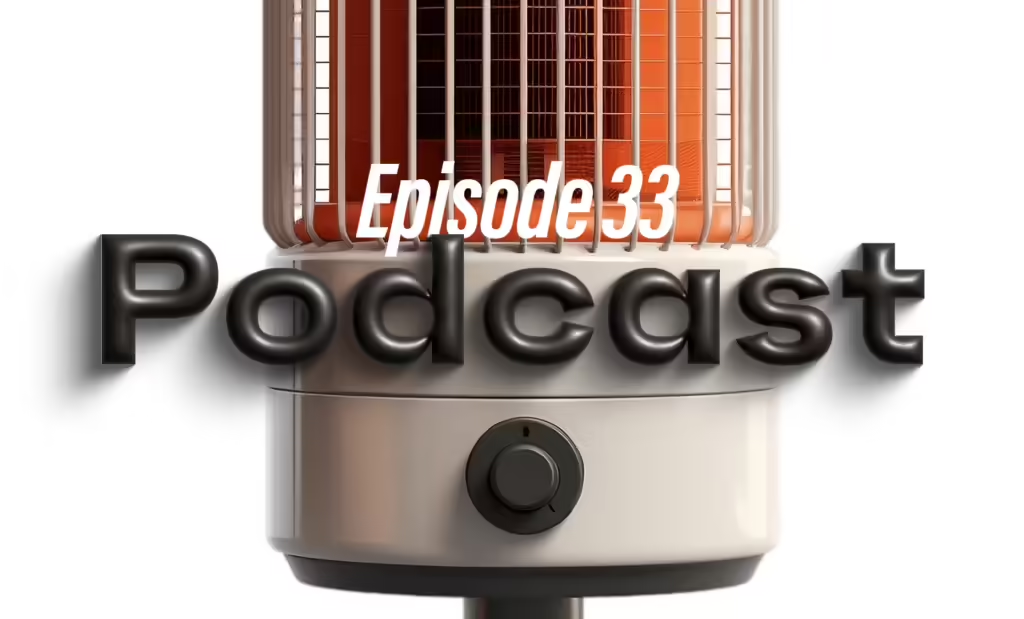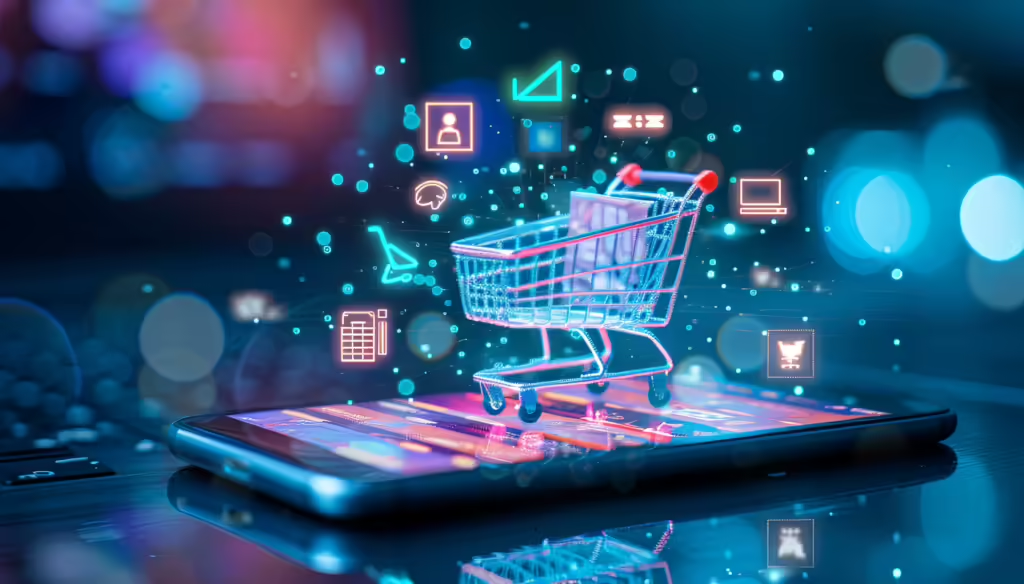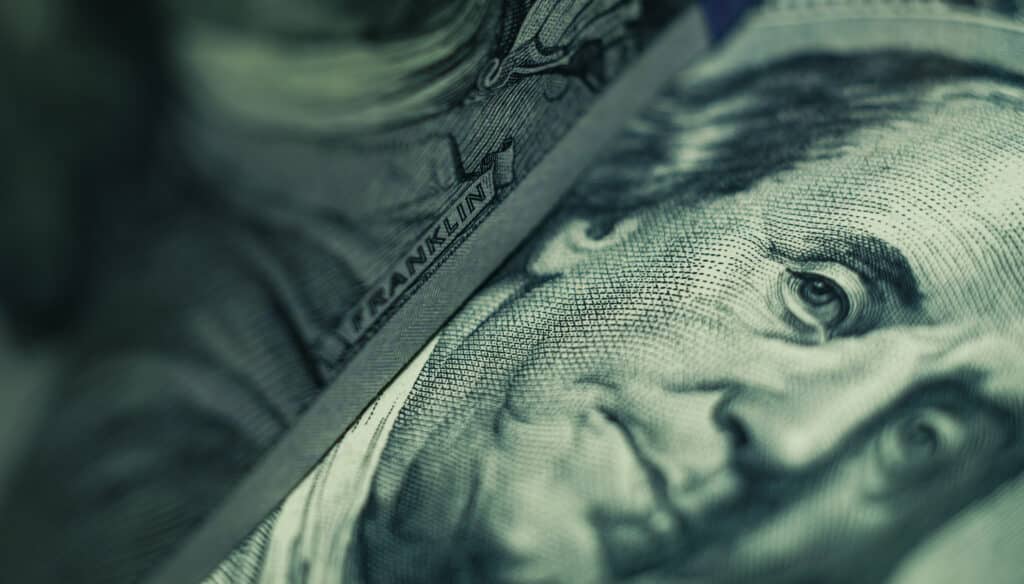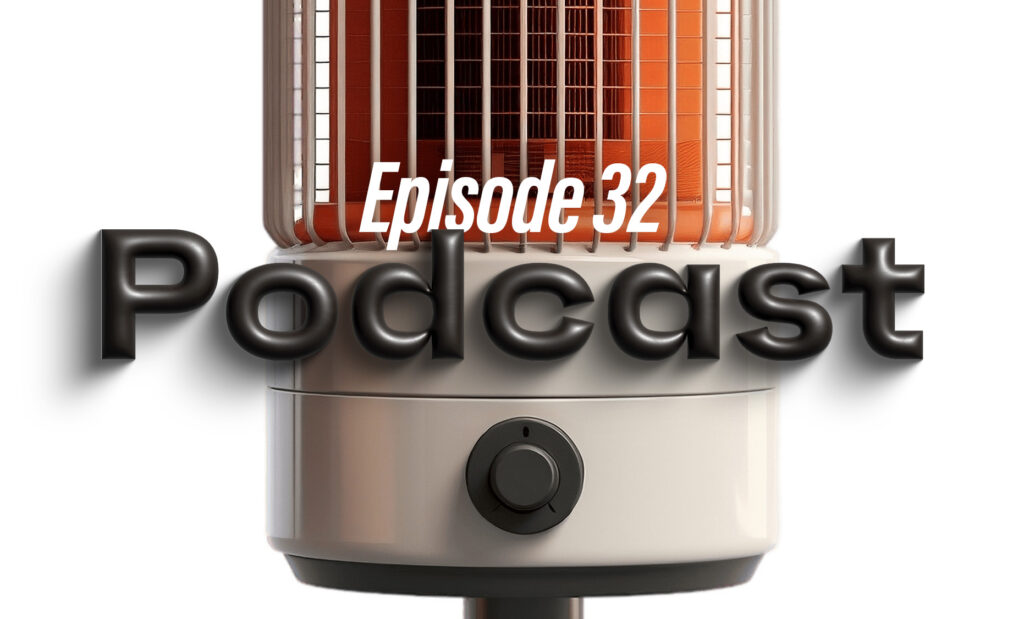With Laurier Mandin, Bryn Griffiths and Andreas Schwabe
Obsession brands are everyone’s standout favourite. Consumers will pay more, wait in line, or travel out of their way to get the brands they’re obsessed with. But what’s really so special about one brand versus another? Why do consumers flock to one product, and ignore nearly identical competitors? Bryn Griffiths talks with product marketing expert Laurier Mandin about how to make obsession branding work for your product.





